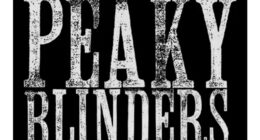Speculation about a potential early election has ebbed and flowed in the second half of the Labor government’s term, and a mid-April vote is now appearing most likely.
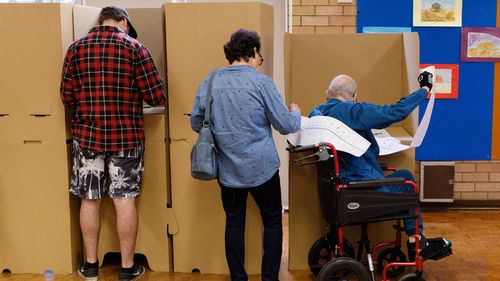
When is the latest the federal election can be held?
There are a series of requirements in the Constitution that set out when an election has to be held.
Terms in the House of Representatives run for three years, and an election for that house must be held no later than 68 days after they expire.
This time around, those terms expire on July 25, 2025, and the last Saturday in the following 68-day period is September 27.
We’ll definitely head to the ballot box before then, though, thanks to the Senate.
Half of all senators’ terms will expire on June 30, 2025, and an election has to be held for those seats in the preceding year.
Once you factor in various technicalities and practicalities around swearing in, as well as the fact House of Representatives and half-Senate elections are almost always held simultaneously, the latest date the next federal election can be held is May 17, 2025.
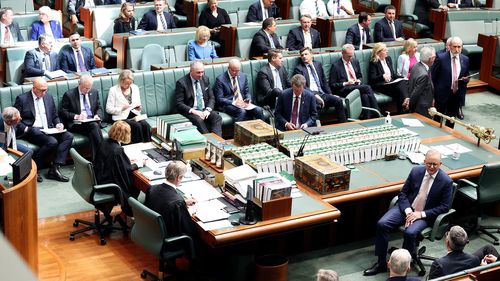
What about a double dissolution election?
A double dissolution election occurs when both houses of parliament are dissolved and every seat is contested (as opposed to regular elections, when only half the Senate goes to the polls) after a piece of legislation has been repeatedly rejected.
The latest both houses can be dissolved this term is January 24. If that occurs, the election will follow sometime between February 22 and March 29.
It’s also worth noting that double dissolution elections are quite rare.
While one was held as recently as 2016, only six others have been called in Australian history.
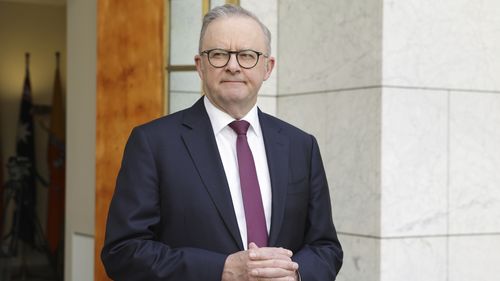
What has the government said?
“It’s the media that seem to be obsessed by the date of elections. I have read the election would be in August, September, November, December 7, probably passed now,” Albanese said in November.
“I support four-year terms, and I wish it was four-year fixed terms so this obsession with dates that begins halfway through a term didn’t continue.”
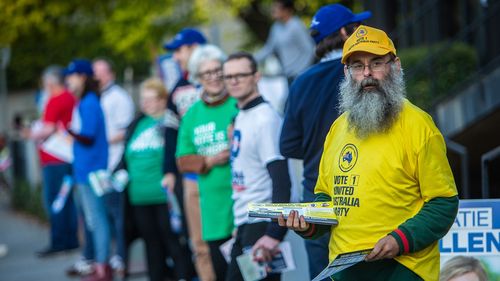
While there has also been speculation that an election will be called before parliament returns for 2025 in early February, Albanese has said both houses will sit again.
If parliament does go through the first full sitting period of the year, which runs from February 4-13, that means the prime minister won’t call the election until mid-February at the earliest.
Alternatively, Albanese could wait until after the Western Australian election on March 8 to call.
Both scenarios could pave the way for a mid-April election, and would avoid the need to hold a pre-election budget on March 25, which is almost certain to be in the red this year.
However, if the prime minister waits until after the WA vote to dissolve parliament and wants to avoid the federal campaign clashing with the Easter long weekend and Anzac Day, there’s only one day available to him: April 12.
This is because there can be no fewer than 33 days between an election being called and it being held.
In late January, Albanese was asked about the prospect of an April 12 election, but played a very straight bat.
“Well, May 17 is when the election will be, or before… good try there, I’ll give you points for effort,” he said.
The same day, Treasurer Jim Chalmers also fended off questions about whether there would be an early budget before the election date.
“We’re working on the budget, and the timing of the election will be up to the prime minister,” he said.
Albanese said the plan would come into effect on June 1, 2025, and that it would be the first legislation brought by Labor if it wins the next election – a very tight turnaround unless there’s either an early election or the laws are backdated.
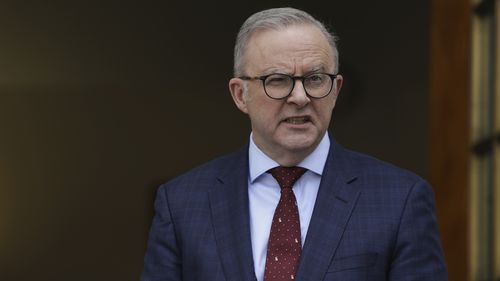
But Health Minister Mark Butler said that shouldn’t be used as an indicator that an early election could be on the cards.
“You can all read tea leaves about election timing,” he said.
“I’m sure that will happen for the coming joyous weeks and months as we lead into the next election. I’m not going to add to it.
“I think the prime minister’s statement this morning simply reflects the priority we give to relieving financial pressure on young Australians.”


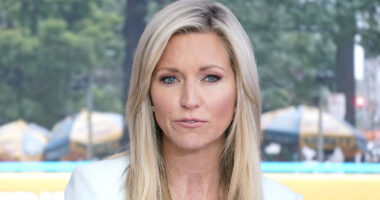
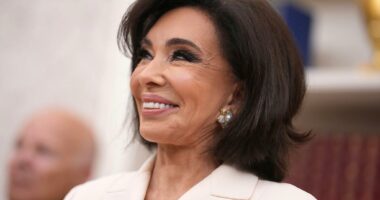

![Brooklyn Beckham and Nicola Peltz have renewed their wedding vows, three years after tying the knot [pictured in 2022]](https://celebjam.com/wp-content/uploads/2025/08/Brooklyn-Beckham-and-Nicola-Peltz-renew-their-wedding-vows-three-260x140.jpg)
